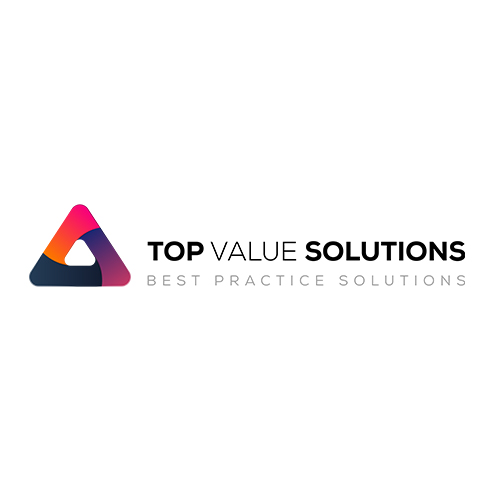About the Client:
EFG Hermes Holding is a universal bank in Egypt and the leading investment bank franchise in frontier and emerging markets.
Problem Statement/Definition
The customer was operating a complex, high-availability on-premises data center with growing operational inefficiencies, scalability challenges, and security risks. Their existing infrastructure struggled with managing workloads efficiently, leading to performance bottlenecks, increased downtime, and high operational costs.
Challenges Faced On-Premises
- Scalability Issues: The on-prem setup lacked elasticity, making it difficult to scale infrastructure dynamically based on demand.
- High Operational Costs: Expensive hardware procurement, maintenance, and data center operational expenses were major financial burdens.
- Security & Compliance Risks: The on-prem environment required extensive manual security configurations, making compliance and security a challenge.
- Limited Automation & DevOps Practices: The customer had limited infrastructure automation, leading to slow deployments and high management overhead.
- Network Complexity: Managing a complex hybrid network architecture was becoming increasingly difficult.
Proposed Solution & Architecture
To address these challenges, a cloud-native architecture leveraging AWS services was designed. The migration strategy involved:
- AWS VPC Design: A well-structured multi-VPC architecture including Edge, Inspection, and Workload VPCs.
- Security Integration: AWS-native security services such as AWS Security Hub, GuardDuty, and AWS WAF were implemented.
- Hybrid Connectivity: VPN and Direct Connect were used for secure and high-speed connectivity between on-prem and AWS.
- Infrastructure as Code (IaC): Terraform and AWS CloudFormation were leveraged to automate infrastructure provisioning and management.
- Load Balancing & High Availability: AWS Transit Gateway, Application Load Balancers (ALBs), and Network Load Balancers (NLBs) ensured seamless traffic distribution and high availability.
- Modernization with Containers & Serverless: Applications were containerized using Amazon ECS/EKS, and serverless components (AWS Lambda) were introduced.
Outcomes of Project & Success Metrics
- Performance Improvement: Reduced latency and improved workload efficiency through AWS’s scalable infrastructure.
- Cost Savings: 30-40% reduction in TCO through optimized cloud resources and eliminating on-prem hardware maintenance.
- Security Enhancement: Improved security posture with AWS native security services and compliance automation.
- Faster Deployment: Automated infrastructure provisioning reduced deployment times by 60%.
- Operational Efficiency: Enhanced monitoring and management with AWS CloudWatch, AWS Config, and centralized logging.
TCO Analysis Performed
- Before Migration: High CAPEX for on-prem hardware, licensing, and maintenance.
- After Migration: Shift to an OPEX model with pay-as-you-go pricing, auto-scaling, and right-sizing, leading to significant cost savings.
- ROI Metrics: Cost-benefit analysis demonstrated a break-even point within 12-18 months post-migration.
Lessons Learned
- Early Planning is Critical: A well-defined migration strategy and cloud adoption framework ensure smooth execution.
- Security & Compliance Should Be Prioritized: AWS provides robust security tools, but they must be properly configured.
- Right-Sizing Matters: Over-provisioning cloud resources can lead to unnecessary expenses, making ongoing monitoring essential.
- Automation Simplifies Management: IaC and CI/CD pipelines reduce human errors and increase deployment efficiency.
- Hybrid Connectivity Needs Optimization: Proper planning for Direct Connect and VPN is crucial for seamless hybrid cloud integration.
Detailed Case Study Breakdown (Migration)
Requirement
- Reduce operational overhead and infrastructure costs.
- Improve performance and application availability.
- Enhance security and compliance adherence.
- Automate deployments and adopt DevOps practices.
- Establish a robust hybrid cloud strategy.
Challenge
- Legacy applications requiring re-architecture.
- Migrating mission-critical workloads with minimal downtime.
- Ensuring secure hybrid connectivity.
- Managing cloud governance and compliance.
- Training teams for AWS adoption.
How AWS Technology Overcame the Challenge
- Scalability & Cost Optimization: AWS Auto Scaling, EC2 Spot Instances, and AWS Savings Plans reduced costs while ensuring performance.
- Security & Compliance: AWS IAM, AWS Security Hub, GuardDuty, and AWS Config streamlined security management.
- Networking: AWS Transit Gateway and Direct Connect optimized hybrid connectivity.
- Modernization: Amazon ECS/EKS enabled containerization, reducing dependency on monolithic applications.
- Infrastructure as Code: Terraform and CloudFormation standardized and automated infrastructure deployments.
End Result & Client Benefit
- High Availability & Resilience: Cloud-native architecture improved uptime and reliability.
- Optimized Costs: Eliminated underutilized resources and optimized billing models.
- Enhanced Security Posture: AWS-native security tools significantly reduced risks.
- Increased Agility: Faster deployment cycles and improved operational efficiency.
- Future-Ready Infrastructure: The company is now equipped for future scalability and innovation.




